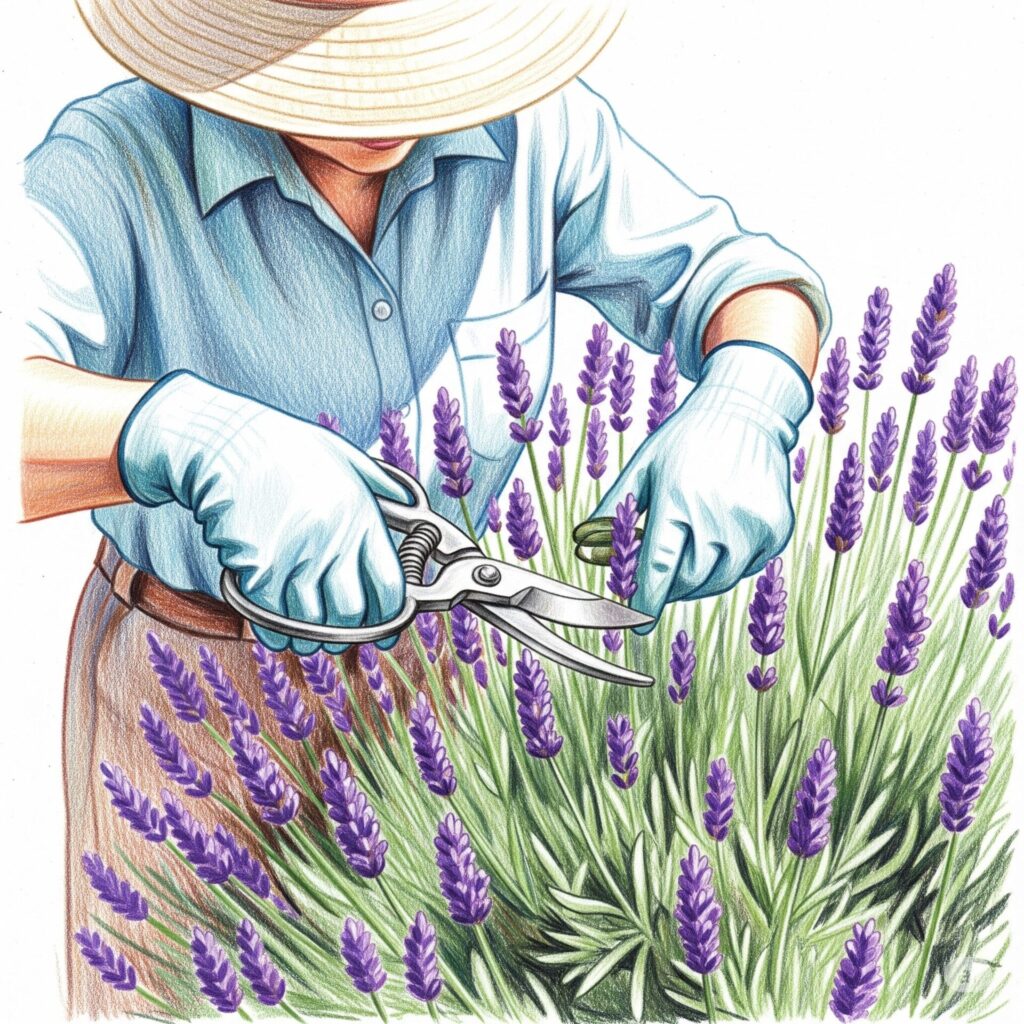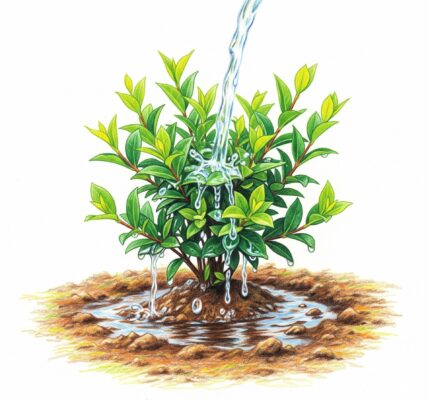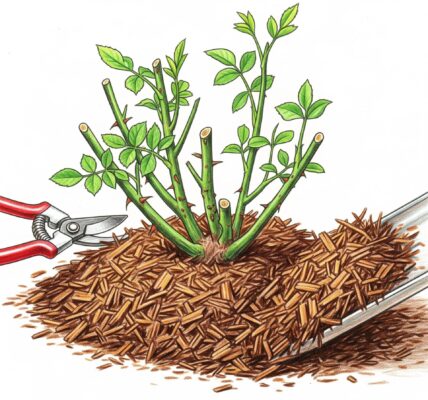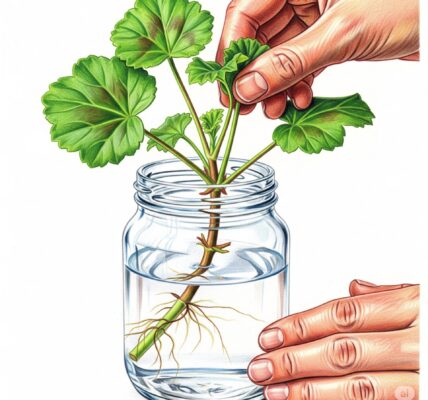
Giving your lavender a ‘haircut’ in August is a key step in maintaining a healthy, productive, and beautiful plant for years to come. A light prune is crucial for encouraging a second, smaller flush of blooms and for setting the plant up for successful dormancy over the winter.
The ideal time for this task is right after the main flowering season has finished, typically in late July or early August. Waiting until early autumn is too late, as the new growth that emerges will not have enough time to harden before the first frost, leaving it vulnerable to cold damage. The goal is to trim back the spent flower stems and the top third of the green foliage.
When you begin, you’ll want a sharp, clean pair of bypass pruners. Start by cutting back all the faded flower spikes. Follow the stem down to where it meets the main plant and make your cut just above the first set of leaves. Once all the flowers are removed, you can focus on shaping the plant. A light, overall trim of the leafy growth will help maintain a compact, mounding shape. Avoid cutting into the old, woody base of the plant, as new growth rarely sprouts from old wood. The plant should resemble a tidy mound after your work is complete.
This August haircut prevents the plant from becoming leggy and woody, which often leads to a sparse, unattractive appearance and reduced flowering. By encouraging new growth now, you’re helping the plant build energy reserves for the following season. It’s a simple, yet essential, task that ensures your lavender remains a fragrant and vibrant part of your garden.




